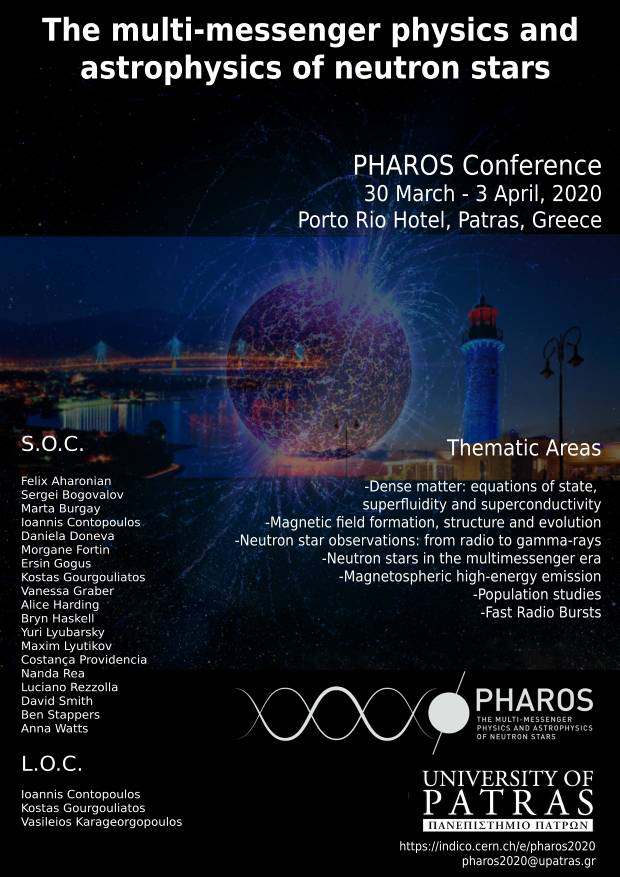Speaker
Description
Among the most promising "Alternative Theories of Gravity”, one of the most studied class is that of “Scalar-Tensor Theories of Gravity”, because they are the most simple extensions of GR, they don’t lead to pathologies in the spacetime properties, and show behaviours that look promising in the context of cosmological constraints.
Some of these theories predict a phenomenon known as “spontaneous scalarisation”, which produces strong deviations from GR in compact objects (like neutron stars) while fulfilling the strong observational constraints in the weak gravity regime. Such phenomenon is potentially observable in this new year of GW astronomy.
We present here, for the first time, the results of numerical multi-dimensional modelling of NSs in STTs, with the inclusion of magnetic fields, accomplished by the simultaneous solution of the coupled Scalar-Einstein-Maxwell equations.
Our aim is to understand how global quantities (like mass, inertia moments, magnetic and tidal deformabilities), that are potentially observable, deviate from GR, in the hope of providing new tools to test these theories through future observations. We will present the formalism of our algorithm, showing how it can be extended to include: realistic EoSs, different coupling and screening mechanisms and different rotation profiles.

